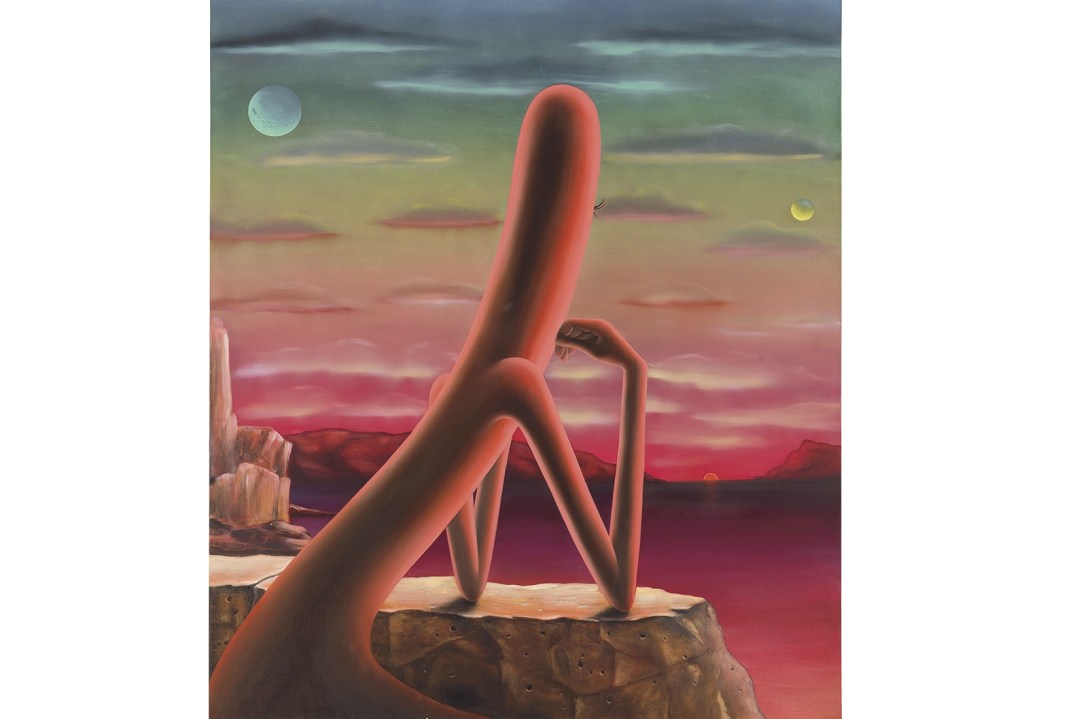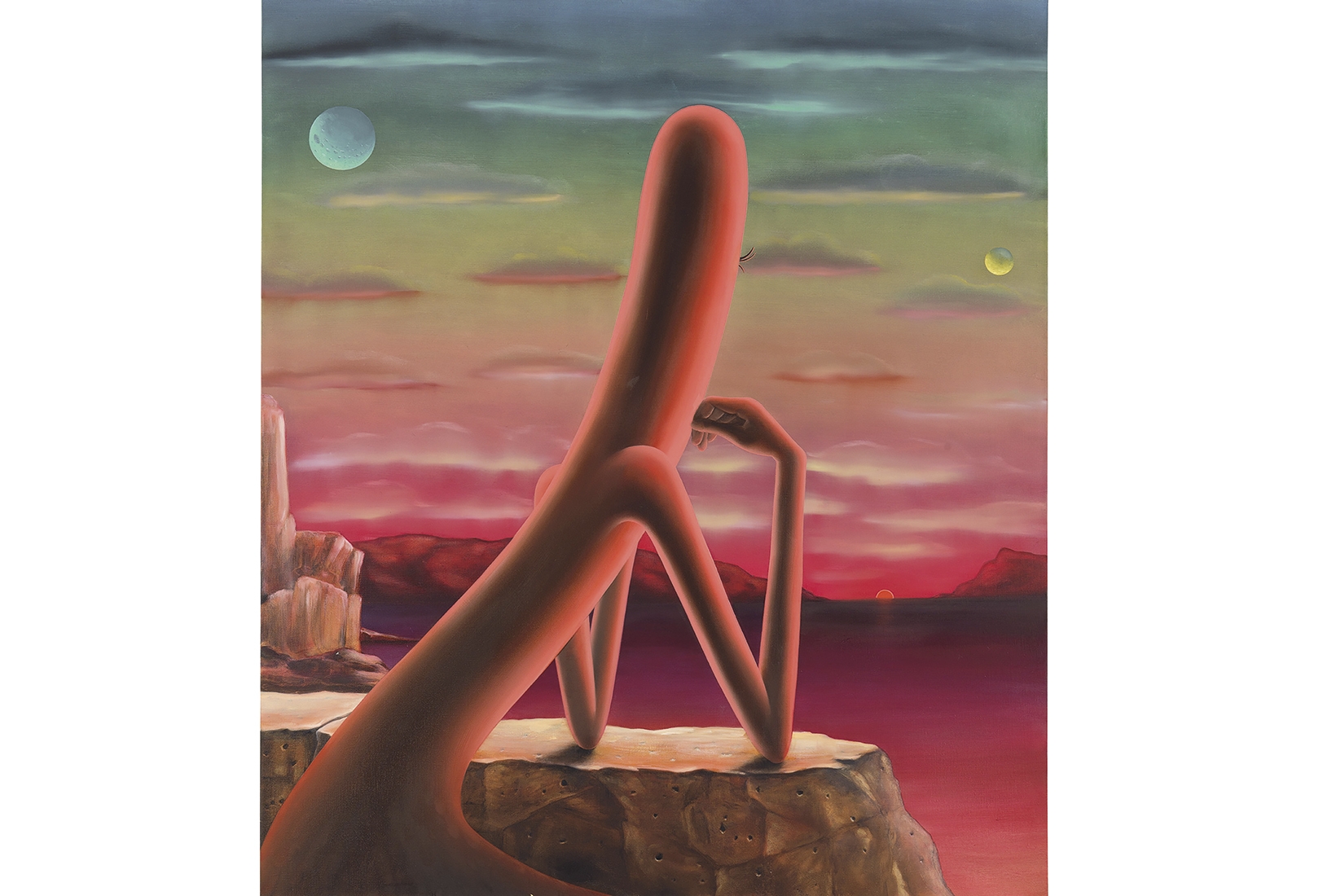Bad figurative painting is today’s hottest trend. Last autumn Artnet listed the top ten ‘ultra-contemporary’ artists (meaning those born after 1974) with the highest total auction sales so far that year. Counting down: Lucas Arruda, Jia Aili, Ayako Rokkaku, Dana Schutz, Amoako Boafo, Nicolas Party, Matthew Wong, Jonas Wood, Eddie Martinez, Adrian Ghenie. None are household names. All are figurative painters, though some play with bad abstraction as well. None are particularly exciting. Many, many others are climbing after them.
Since the list was published, Dana Schutz’s ‘Elevator’ (2017) sold for nearly £4.8 million at Christie’s Hong Kong, a new record price for the artist. The work is a poor impression of cubism. A century after Duchamp’s ‘Nude Descending the Staircase, No. 2’ (1912), Schutz paints people in clothes fighting in an elevator. She’s also painted ‘Trump Descending an Escalator’ (2017) in the style of early-20th century German expressionism, which went for £688,000 at Phillips last year.








Comments
Join the debate for just $5 for 3 months
Be part of the conversation with other Spectator readers by getting your first three months for $5.
UNLOCK ACCESS Just $5 for 3 monthsAlready a subscriber? Log in